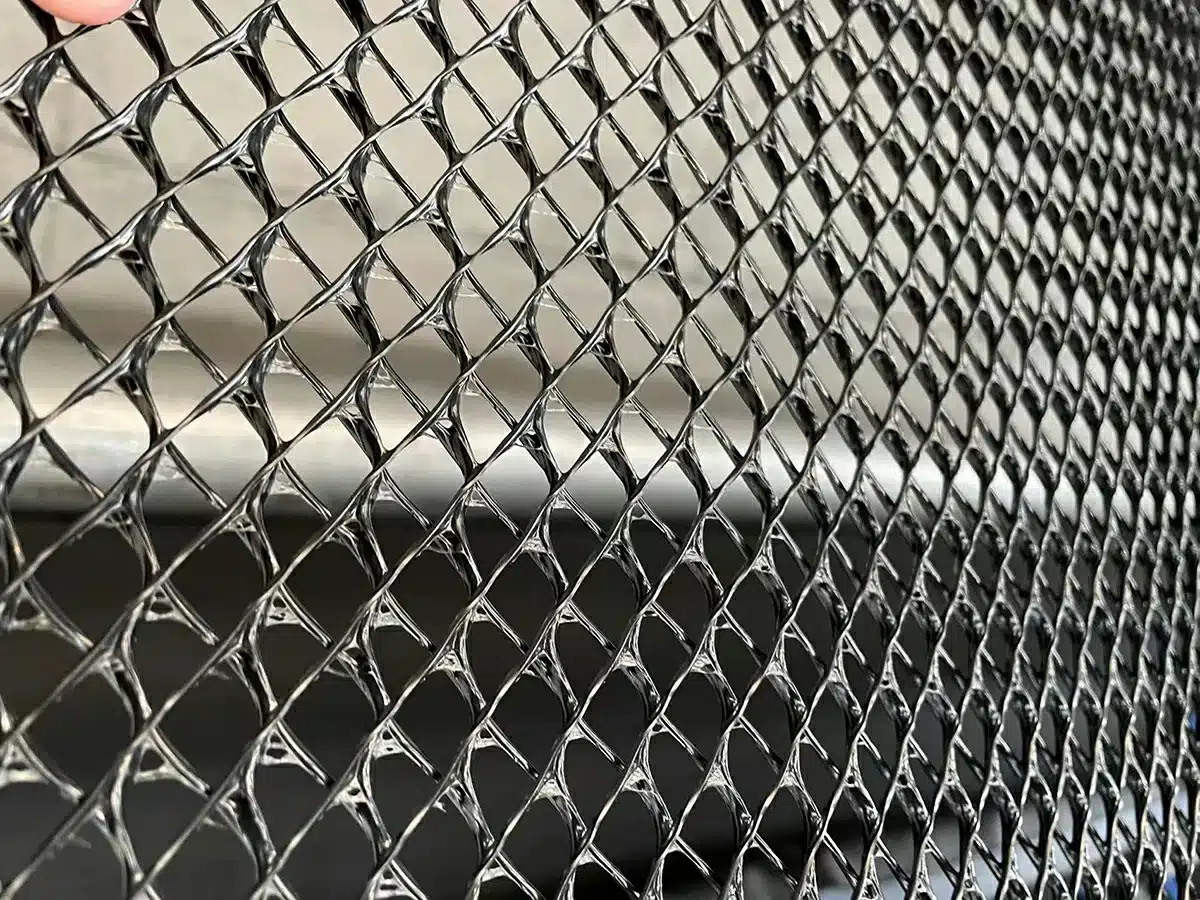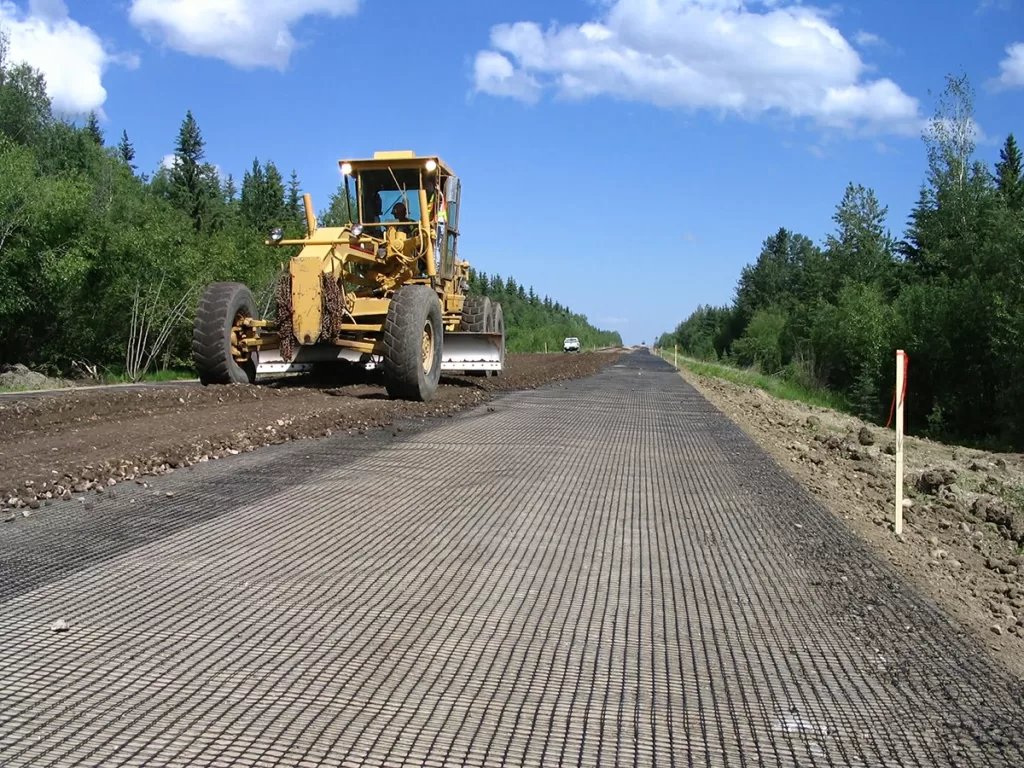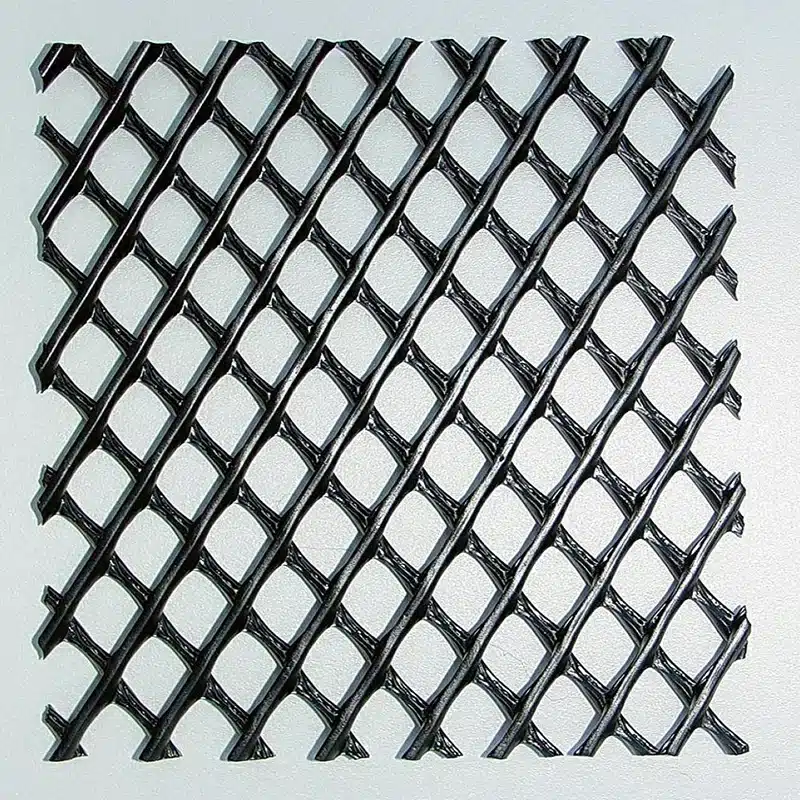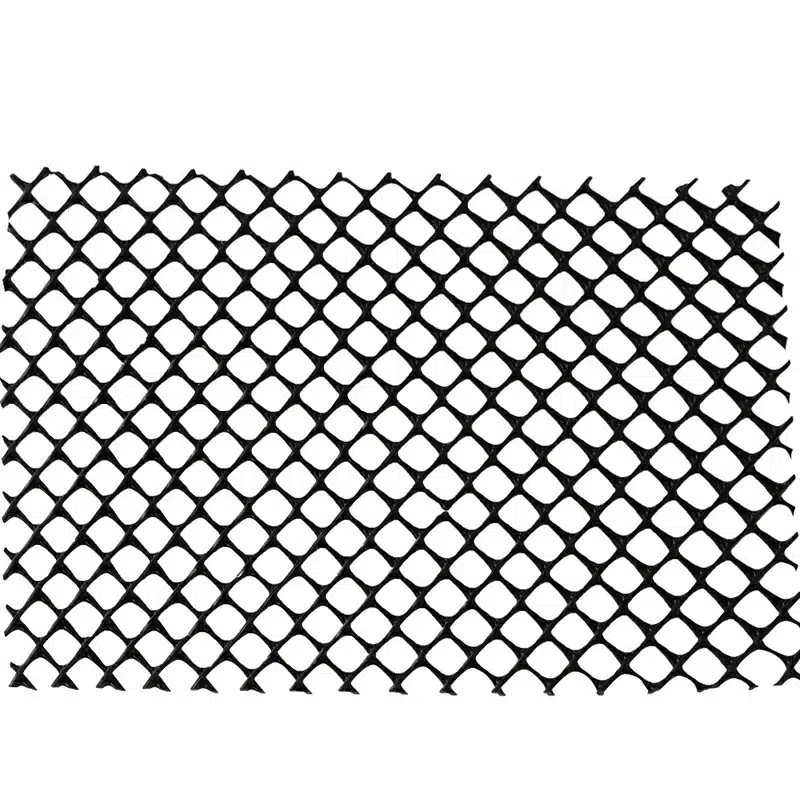Geogrids vs. Geonets: Key Differences and Uses in Construction and Civil Engineering
Geosynthetics, including geogrids and geonets, play a crucial role in civil engineering, environmental protection, and construction. Geogrids provide strength and durability for large-scale projects, whereas geonets offer excellent drainage capabilities for retaining walls and soil separation. Although they may sound similar, geogrids and geonets serve different functions and are applied in distinct ways. This article explores the fundamental differences between these two materials, highlights their unique applications, and discusses their advantages.
What is a Geonet Used For?
A geonet is a type of synthetic, net-like material primarily used for drainage, filtration, and erosion control. Constructed from high-density polyethylene (HDPE), it features a grid pattern that promotes fluid flow, making it ideal for applications where water or gas needs to be drained away. Geonets are commonly used in landfills, retaining walls, and highway systems to manage water flow and prevent moisture buildup. Additionally, geonets can be layered with geotextiles to create composite drainage solutions that offer both filtration and flow capabilities, ensuring soil stability and preventing erosion.

What are Geogrids Used For?
Geogrids, unlike geonets, are designed primarily for reinforcement and stabilization in applications where the soil needs to withstand heavy loads. These materials consist of rigid or flexible grid patterns and are used to reinforce soils and improve their load-bearing capacity. Common applications include retaining walls, embankments, and roadway foundations, where geogrids help distribute loads and stabilize the soil structure. By creating a reinforcement layer within the soil, geogrids effectively increase stability and longevity in construction projects, particularly on slopes or in areas with poor soil conditions.

What is the Difference Between Geogrids and Geonets?
The primary distinction between geogrids and geonets lies in their purpose and structure. Geogrids are engineered for soil reinforcement, providing strength and stability to various construction projects. They typically have a larger, more open grid pattern designed to lock into the surrounding soil, which improves their bearing capacity. Geonets, however, are relatively thin, planar geosynthetics used for drainage applications, focusing on fluid flow management rather than reinforcement. They feature a more complex, three-dimensional network that promotes water and gas movement, making them ideal for drainage applications where fluid flow is critical. In contrast, pipes are buried plastic pipes used for drainage, offering another method for channeling fluids effectively within construction projects.
What are the Advantages of Geonet?
Geonets offer several unique advantages in construction and environmental projects:
- Effective Drainage: Geonets are excellent for managing water and gas flow, which is essential in applications like landfills and retaining walls. Acting as liquid or gas collectors, they prevent moisture buildup that can destabilize soil structures.
- Erosion Prevention and Road Improvement: By providing controlled drainage, geonets help maintain soil stability and prevent erosion, making them valuable in slope protection and road segment restoration. Their use can stop cracking during road extensions, improve the quality of the road, and strengthen fill materials in geotechnical applications.
- Compatibility with Other Geosynthetics: Geonets can be combined with geotextiles to form geocomposites that provide both filtration and drainage, enhancing their functionality in complex projects, especially in drainage applications.
- High Chemical Resistance and Cost Efficiency: Made from materials like HDPE, geonets are highly resistant to chemicals and environmental stress, ensuring durability under harsh conditions, including exposure to contaminants. Their application in road construction also leads to significant cost reduction in road repair and increases the lifespan of the road, making them a cost-effective solution in long-term infrastructure projects.
Geogrids and geonets serve distinct roles in construction and environmental engineering. While geogrids are primarily used for soil reinforcement, geonets focus on effective drainage management. Understanding the differences between these materials allows for better selection based on project requirements, leading to safer, more stable, and long-lasting structures.



Comments
Post a Comment